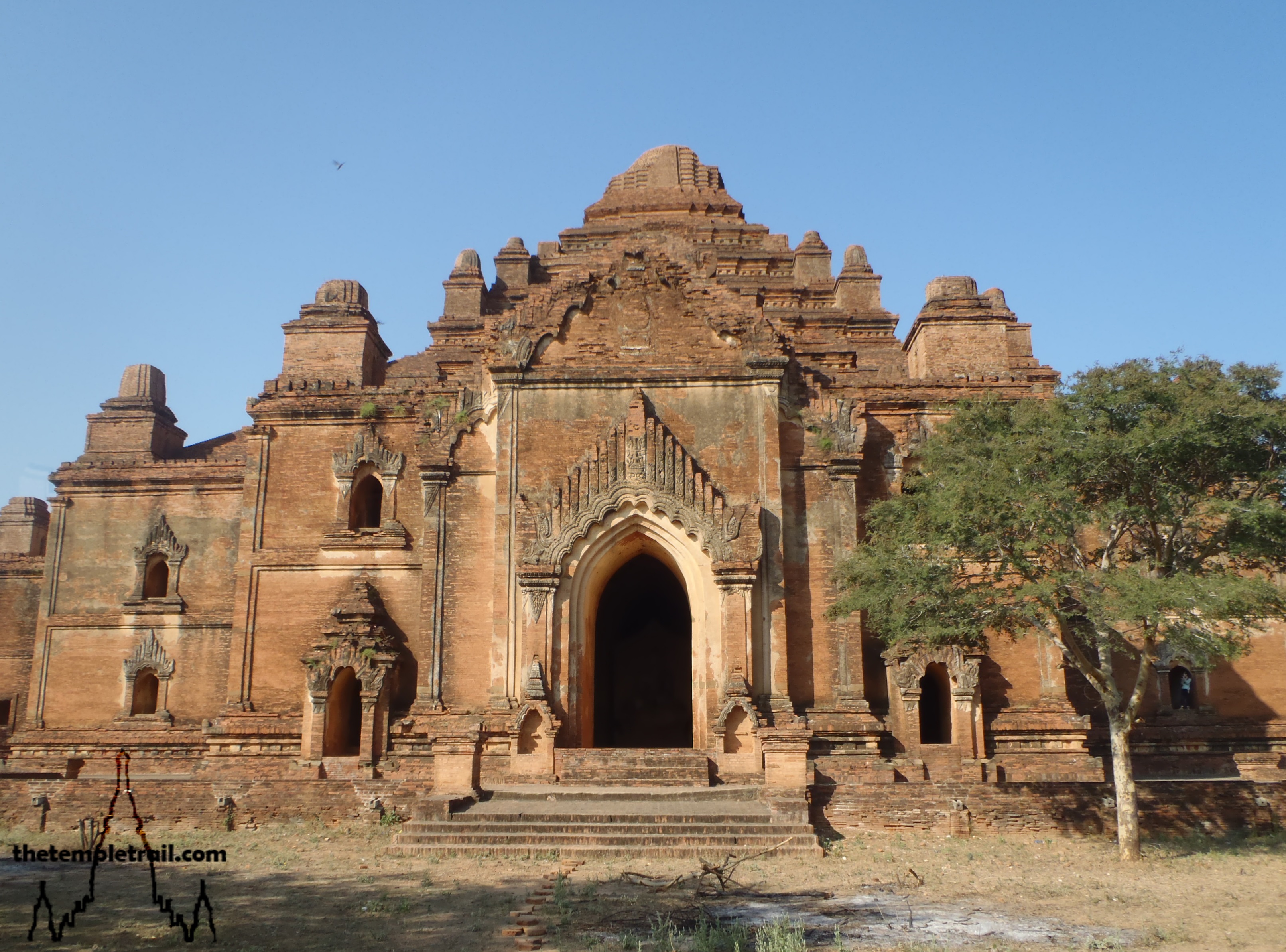As soon as you step off the train, something darts through your field of vision. It is nimble and you are not sure if you really saw it. Then again, more and more little creatures fly through the trees and along power lines. Monkeys everywhere. Wherever you look there is a primate watching, waiting for an opportunity to take some food. A fruit seller chases one down the street, knife in hand, as the monkey makes off with one of her customer’s bags of rambutans. A young monkey learns to stalk a human with food in their hand and when discovered shoots up a telephone pole like a rocket. These simian inhabitants welcome you to a city that is as much theirs as it is the humans who call it home. Lopburi, the city of monkeys, is your first destination in a whistle-stop tour of the provinces north of Ayutthaya in central Thailand.
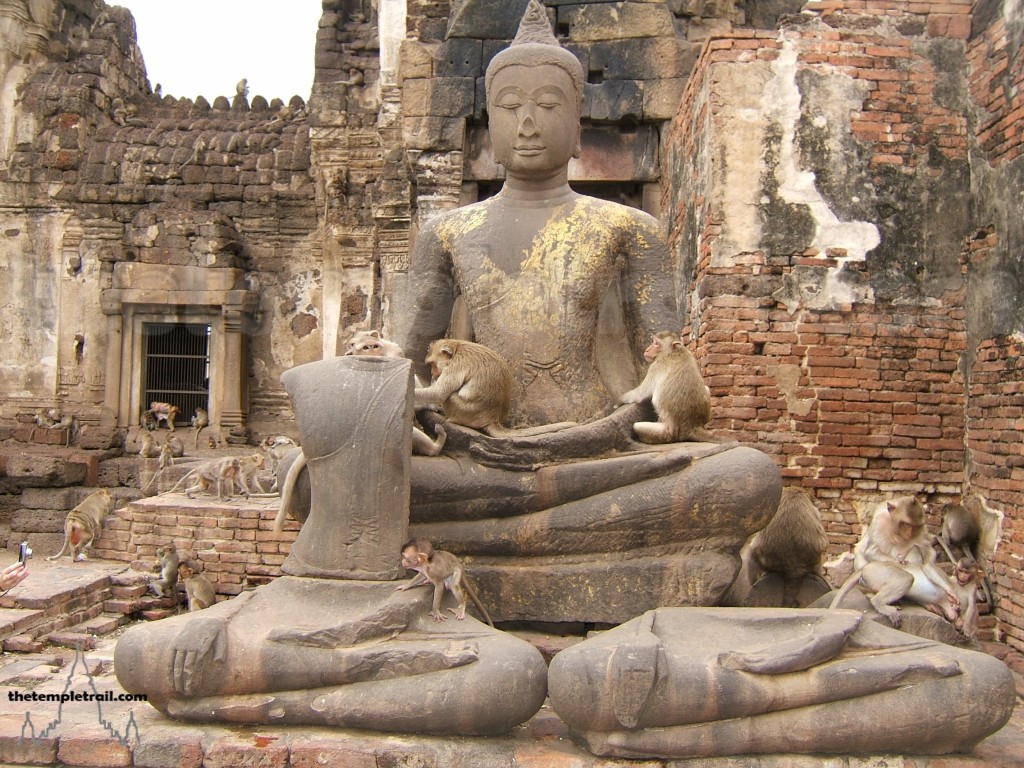
Lopburi is an ancient city that was founded during the Dvaravati period (6th to 13th century AD). The era was influenced strongly by Indian culture and was a conglomerate of various kingdoms and principalities. Lopburi was named Lavo (or Lavapura) and was the capital of the Kingdom of Lavo, a kingdom separate, but connected to the Dvaravati states. The Northern Chronicles name the founder as Phraya Kalavarnadit, a king from Taxila (Takṣaśilā) in modern day Pakistan in 648 AD. The kingdom, with a diverse community of Mon, Malay, Lawa and Khmer people, soon became a Khmer hegemony under the influence of King Īśānavarman I of the kingdom of Chenla, a predecessor to the Khmer Empire. In 1087 Lavo repelled an invasion by King Kyansittha of the Kingdom of Bagan. The Lavo Kingdom, with the momentum of victory behind it expanded into the neighbouring state of Supannabhum (Suphanburi) and moved its capital city to Ayodhaya (Ayutthaya). The Khmer King Jayavarman VII made a series of attacks in the late 12th century, once more bringing Lavo under Khmer influence. In 1238, the Tai people of the north rebelled and created the kingdom of Sukhothai. Lavo lost a huge amount of territory to King Ram Khamhaeng of Sukhothai. As Sukhothai’s power waned, the Kingdom of Ayutthaya was formed by the rulers of Lavo and Supannabhum. By the late 14th century, Ayutthaya was the dominant kingdom in the area and exerted control until 1767, when it was sacked by the Burmese. Lopburi was made the briefly made the capital of the kingdom in the middle of the 17th century by King Narai the Great.
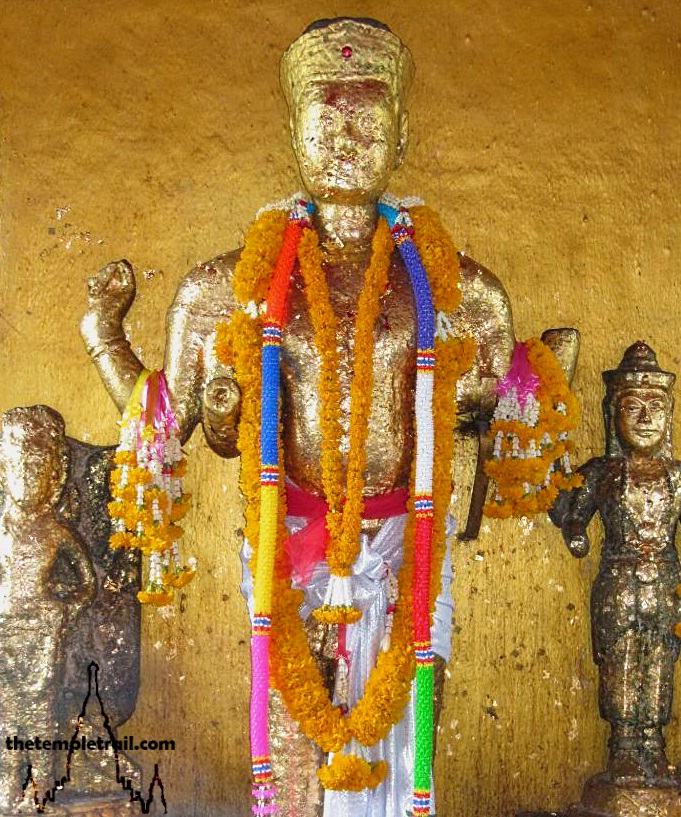
Not much of the glory remains in the small city you witness today. A few relics of the two waves of Khmer influence still stand and you make your way towards the first of them. The monkeys, crab-eating macaques, are revered in Lopburi. They have a home in the centre of the town and another place they feast on offerings. Your initial stop is at the latter of these two. Entering a fenced courtyard, you are surrounded by monkeys and stalls selling monkey memorabilia. Before you, a set of steps leads up to a fairly modern shrine. San Phra Kan Shrine was built in the 1950s and is constructed against the remains of a 11th century Khmer temple. Having bought a stick to fend off aggressive monkeys from a local vendor, you ascend the stairs and walk into the chamber at the top. Passing billowing smoke from incense offerings, you see a table that has recently been cleared of its contents by the macaques. At the end of the chamber is the gold-leaf coated Khmer-style Phra Kan statue. During Hindu times in Lavo, it was probably representative of Vishnu, but the Thais now revere it as a Buddha image. It occupies centre stage and its badly damaged four limbs are still visible. The ancient statue shimmers from the gold leaf that is placed on it daily by devotees. The figure is veiled in an aura of mystery. Every day he hears the prayers of many and witnesses the feast of the monkeys. Having just missed the frenzy, you are only accompanied by humans in the small room. Turning on your heels and heading to the door, you see a temple ruin a short distance away that seems to be alive with writhing movement.
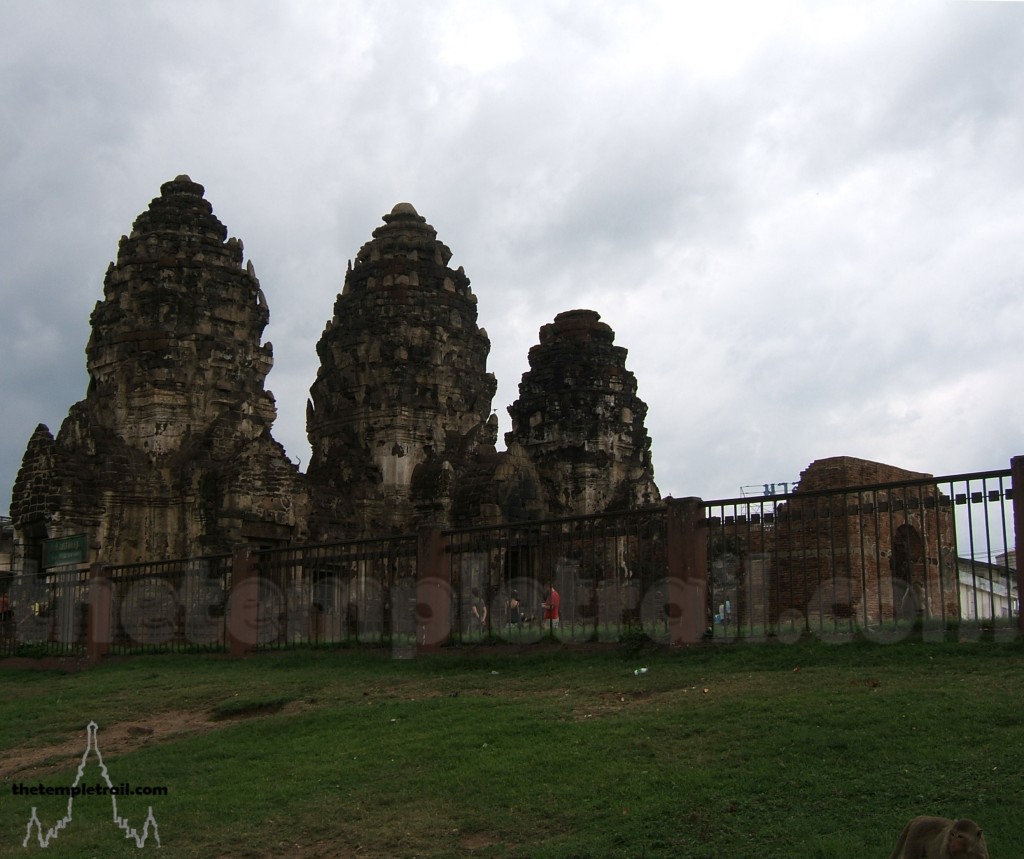
You walk back down the steps and toward the prangs (spires) of the Khmer temple on its circular compound. As you draw closer, you can make out hundreds of monkeys crawling all over the ruins. Entering the gates of the enclosure, you are immediately being assessed by hundreds of eager eyes. You are now in the grounds of Phra Prang Sam Yot (Three Holy Prangs), the monkey temple of Lopburi. Built during the second wave of Khmer power, Phra Prang Sam Yot is a former Mahāyāna Buddhist and Hindu Khmer-Lopburi style temple dedicated to the Trimurthi of Brahma, Vishnu and Shiva. It was built in the 13th century AD in the Bayon-style of Angkor. The Khmer ruler Jayavarman VII, builder of the Bayon and Angkor Thom, was a Mahāyāna Buddhist, but Hinduism was still a prominent religion of the area. Although Mahāyāna Buddhism did influence the region, it eventually became Theravāda Buddhist under the Thais. The laterite spired structure was converted into a Theravāda Buddhist temple in the 17th century by King Narai and a brick Wiharn (shrine hall) was added to hold an Ayutthaya-style Buddha statue. Religious significance has become less important and it is now the chief residence of the local macaque community.
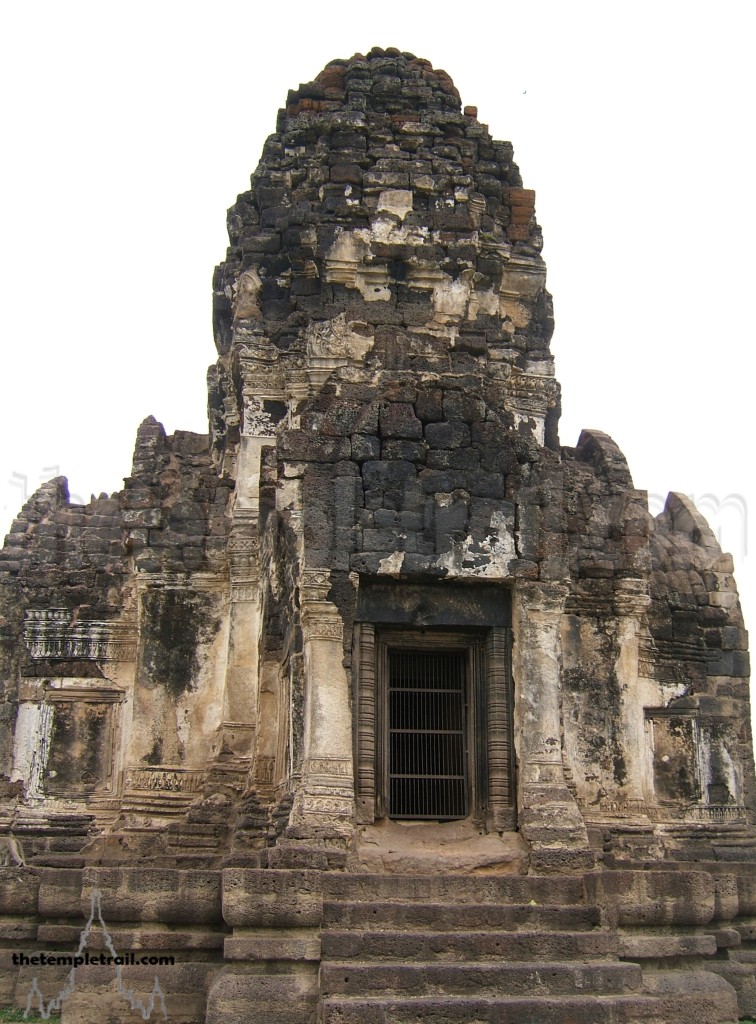
Wandering around the ancient temple, you purchase some seeds to give the monkeys. This is not normally an advisable move in most places with macaques, but these ones are fairly tame and climb all over you to get the seeds that you hold in your hand. The young ones interact with you the most and the older males seem to stay back and watch while being groomed. The stick that you bought to fend of rogue monkeys becomes a plaything for you and your new acquaintances. You can’t help but feel like Mowgli in the city of the monkeys in The Jungle Book and you keep looking about to see whether Kah, Baloo and Baghera will turn up to rescue you. Having exhausted the supply of seeds you have, the monkeys grow tired of your company and leave you for more bountiful visitors’ attentions. There is nowhere else that you can go where the monkeys are so tame. In other places crab-eating macaques can be quite vicious. Maybe their peacefulness is because they are so well-fed by their human neighbours, or maybe it is familiarity with their comfortable ancient home. Perhaps the statues of Buddha have some pacifying effect upon them. One thing is clear, they are not leaving anytime soon.
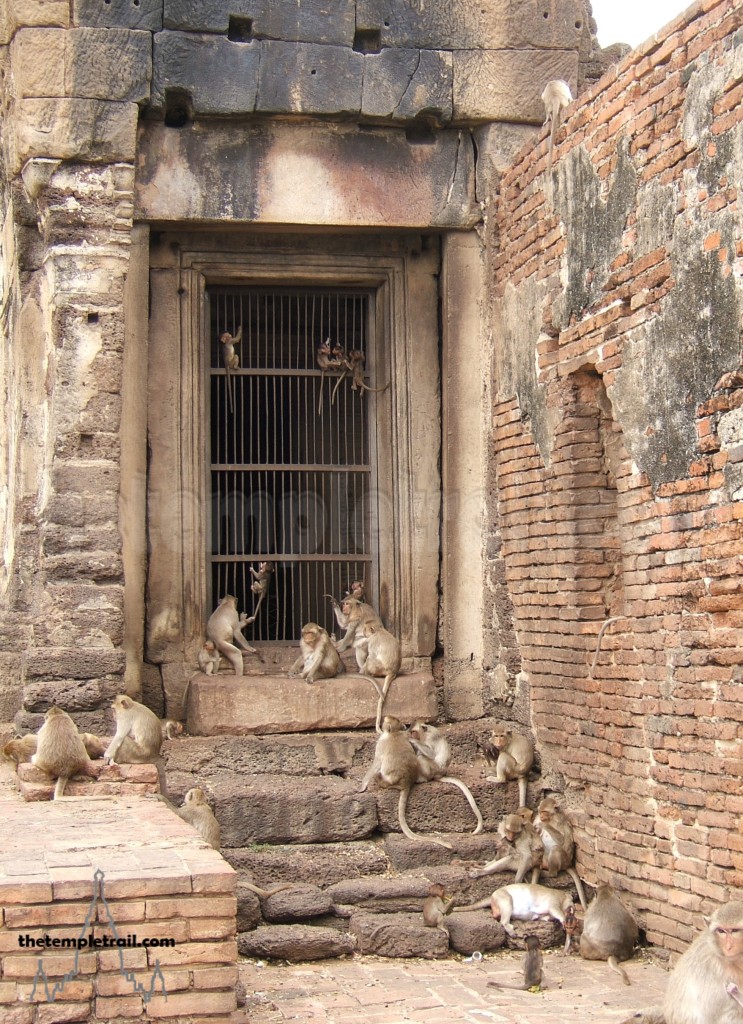
You briefly enter into the actual sanctuaries and the dark corridors reveal some carvings and a couple of Lopburi-style Buddha statues. The hollow temple has a feeling of having been pillaged and the smell of monkeys has penetrated deep into the stones. Back in the sunlight, the monkeys entertain you a while longer, but you too tire of their company and retreat back to the station. As you walk back through the city, you continue to see how simians and humans interact. They have learned to live together. It is not always a harmonious relationship and boundaries are continually tested. The train seems like a sanctuary of peace compared to the pandemonium you have left. The wooden seats quickly fill with chattering locals and soon food hawkers begin to sell their wares up and down the passage of the cabin indicating it is time for you to eat.
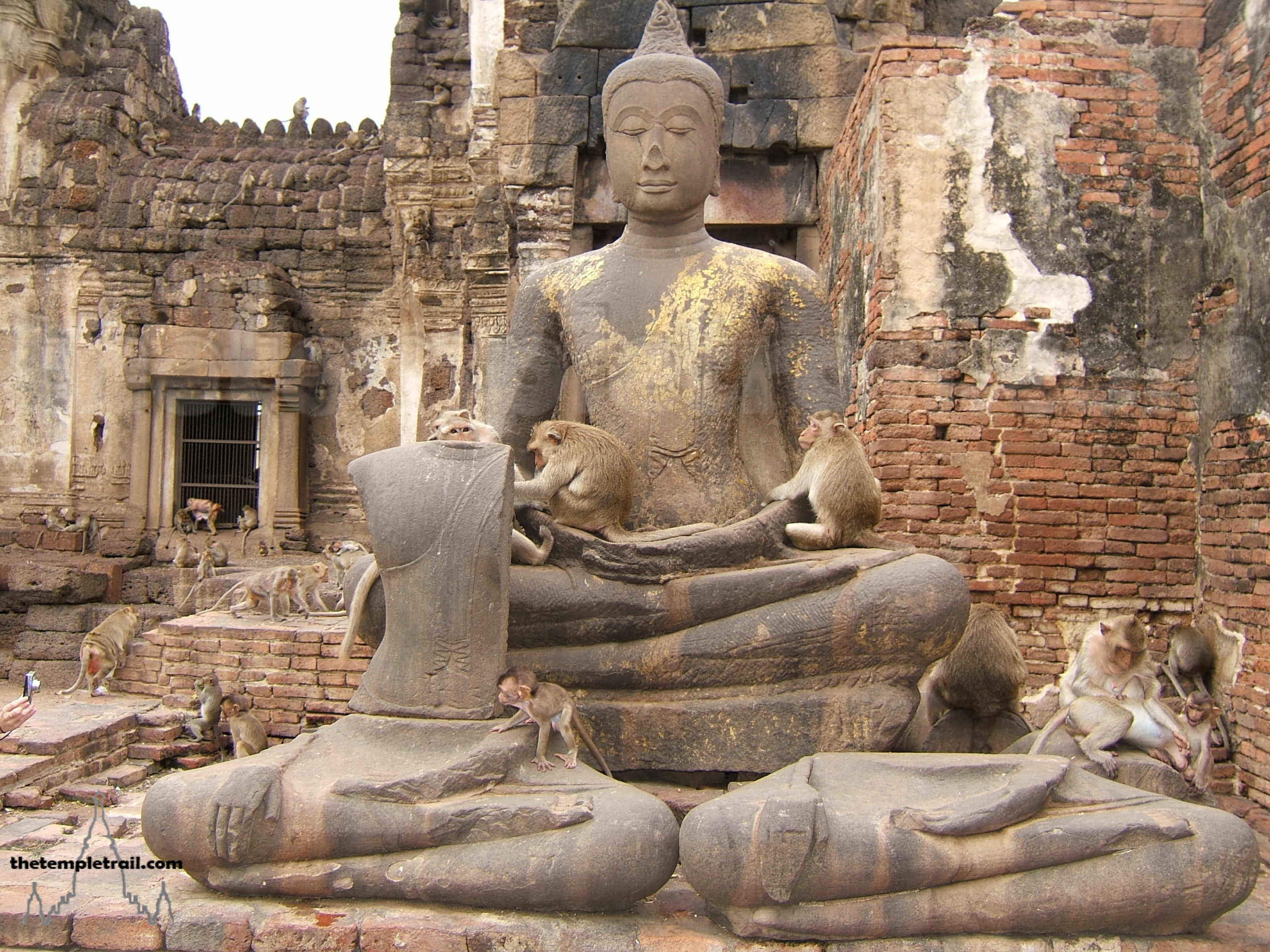
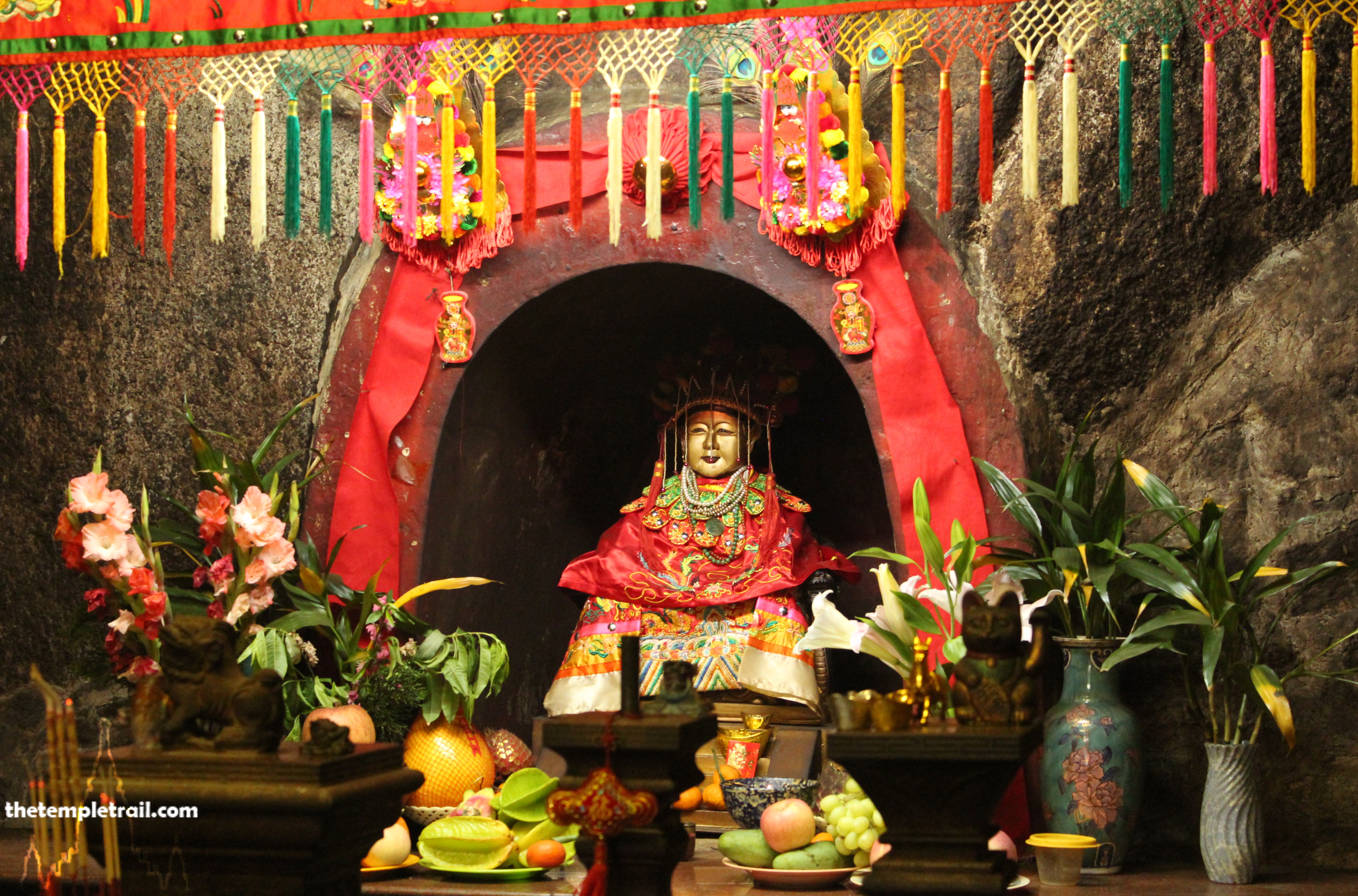 Taipa
Taipa